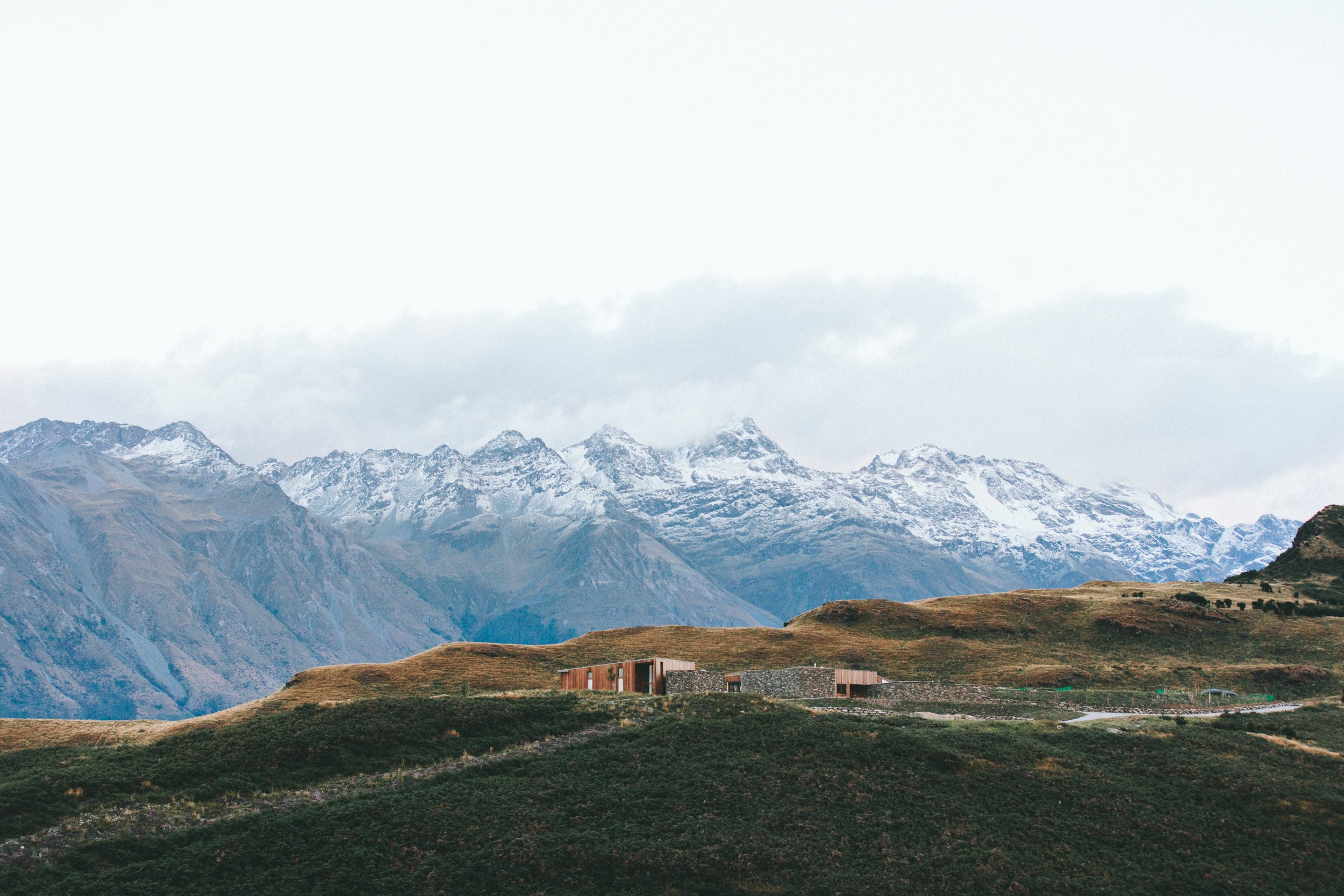Air Pollution and Climate Change
What is the relationship between air pollution and climate change?
Climate change and air pollution are interconnected and reinforcing. In our world, we rely on fossil fuels to power our lives. Whether it’s from a power plant or an idling car, burning these fuels produces more carbon dioxide than can be taken back up because of land use that leads to deforestation. Our diets include a lot of red meat and cows produce a lot of methane, another greenhouse gas. As the average temperature of the planet increases, hot and dry seasons become longer, rains become more infrequent, and snow melts sooner. This leads to the perfect conditions for more frequent and more intense wildfires, which destroy ecosystems and homes and produce smoke particles, carbon monoxide, carbon dioxide, ash, nitrous oxide, and volatile organic compounds which can travel for hundreds of thousands of miles. Michigan witnessed this first hand in June of 2023. The intense heat of the sun reacts with the organic compounds to make ground-level ozone, a potent air pollutant.
Hotter and drier weather also leads to more dust storms, kicking up particles in the air. Greenhouse gasses are released from the fires, reinforcing the warming of the planet. The cyclical nature of air pollution and climate change is devastating, but it also offers a possible solution.
If we reduce air pollution, we may be able to combat climate change and prevent the worst consequences of the greatest public health threat of our lives.
For more information about air pollution and climate change, please visit these websites:
Michigan:
United States:



